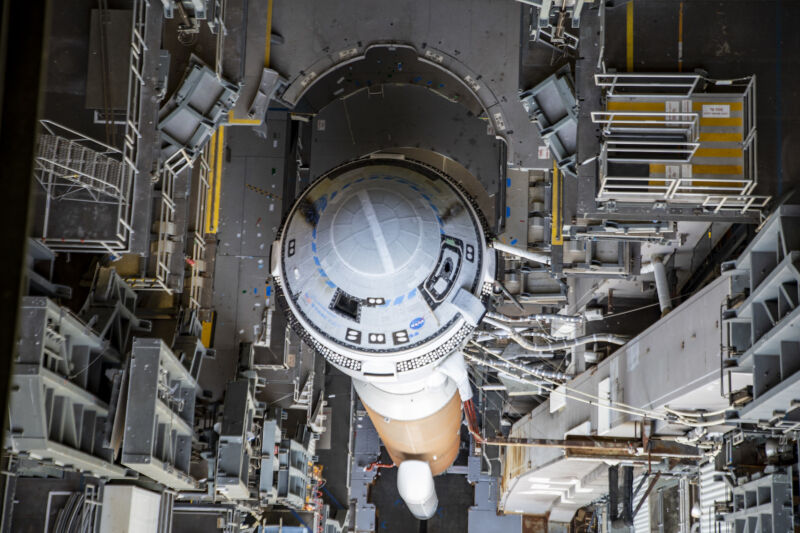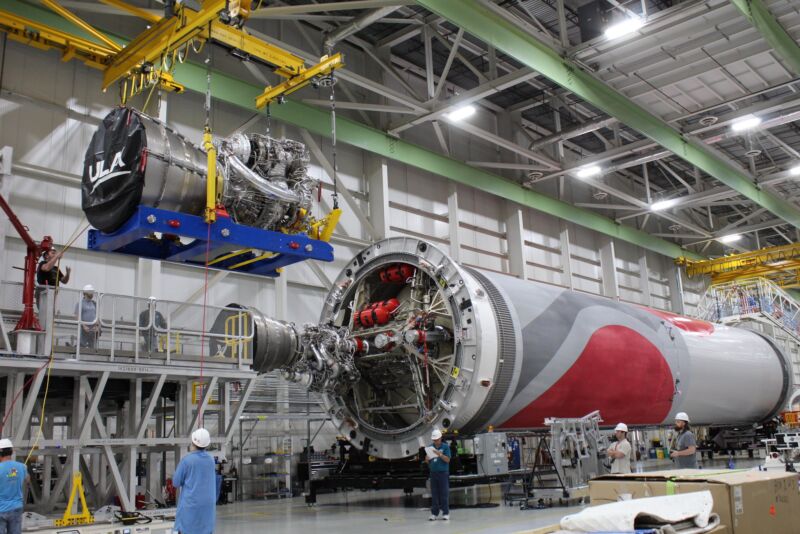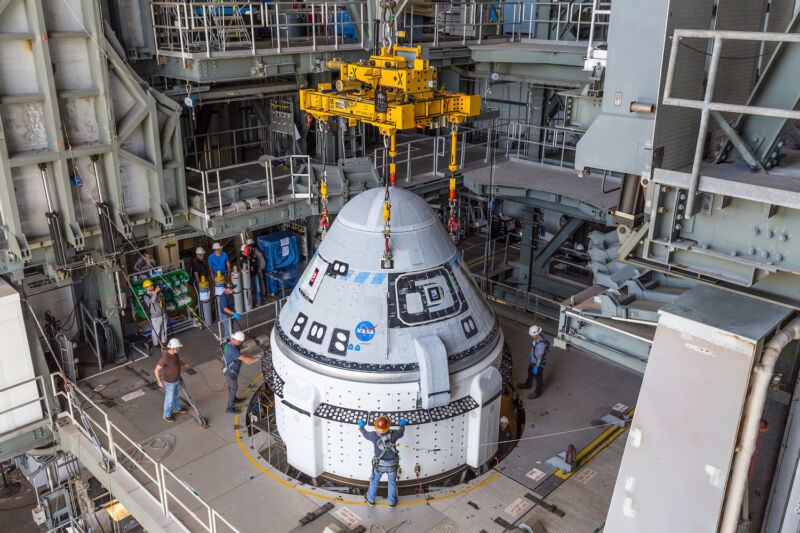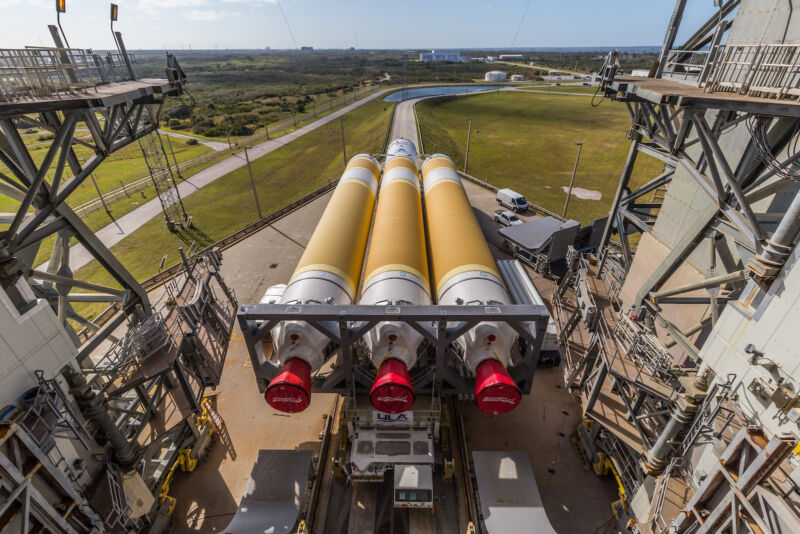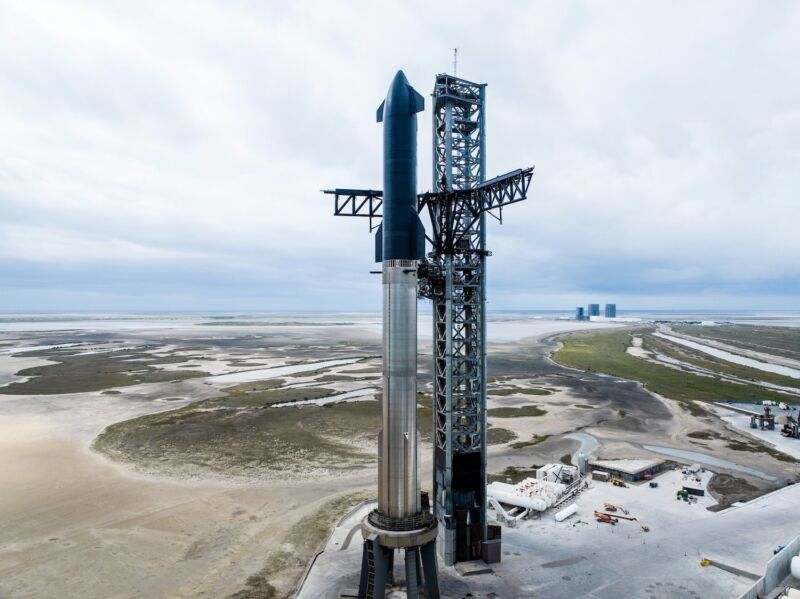-
 chevron_right
chevron_right
Rocket Report: Starship stacked; Georgia shuts the door on Spaceport Camden
news.movim.eu / ArsTechnica · 2 days ago - 11:00 · 1 minute

Enlarge / On Wednesday, SpaceX fully stacked the Super Heavy booster and Starship upper stage for the mega-rocket's next test flight from South Texas. (credit: SpaceX )
Welcome to Edition 6.44 of the Rocket Report! Kathy Lueders, general manager of SpaceX's Starbase launch facility, says the company expects to receive an FAA launch license for the next Starship test flight shortly after Memorial Day. It looks like this rocket could fly in late May or early June, about two-and-a-half months after the previous Starship test flight. This is an improvement over the previous intervals of seven months and four months between Starship flights.
As always, we welcome reader submissions , and if you don't want to miss an issue, please subscribe using the box below (the form will not appear on AMP-enabled versions of the site). Each report will include information on small-, medium-, and heavy-lift rockets as well as a quick look ahead at the next three launches on the calendar.

Blue Origin launch on tap this weekend. Blue Origin plans to launch its first human spaceflight mission in nearly two years on Sunday . This flight will launch six passengers on a flight to suborbital space more than 60 miles (100 km) over West Texas. Blue Origin, Jeff Bezos's space company, has not flown people to space since a New Shepard rocket failure on an uncrewed research flight in September 2022. The company successfully launched New Shepard on another uncrewed suborbital mission in December.

